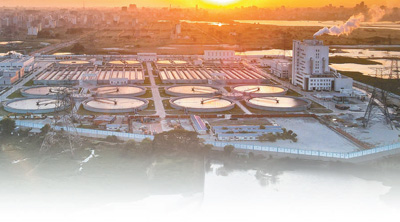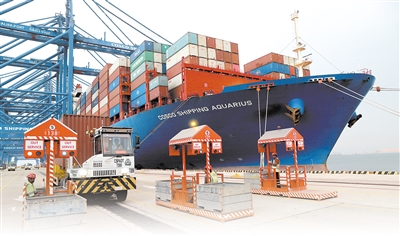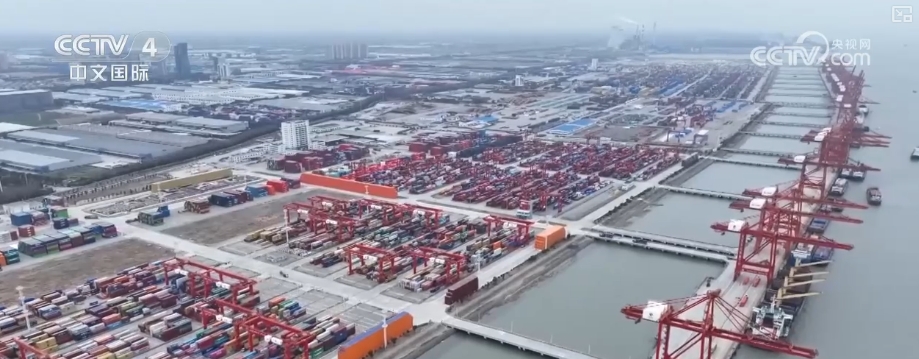Judging From Some Signs, Our Country May Be Ready For Taiwan's Return!
Judging From Some Signs, Our Country May Be Ready For Taiwan's Return!
If you turn your attention to Taiwan, it is easy to notice that the atmosphere of the Taiwan Strait has become different. As soon as the news came out, many people began to pay attention to these changes, worried about whether a new situation would come.
When we turn our attention to Taiwan, it is easy to notice that the atmosphere across the Taiwan Strait has become different. The sound of the drill gradually became quieter, but the actual actions continued to advance. As soon as the news came out, many people began to pay attention to these underlying changes and worried about whether a new situation would usher in.
Around Taiwan, since 2025, the People's Liberation Army has mobilized more intensively than last year, with many new tricks. During the "Strait Thunder-2025A" exercise held by the Eastern Theater Command in April, fleets and aircraft circled Taiwan, and their entry and exit movements became more decisive. The number of flights across the center line set a new record. This kind of breakthrough has rarely been seen before.

Data does not stand alone. The deployment of the mainland fleet is no longer just about teaming up to show off muscles, but simulating the entire action process: strike, supply and reconnaissance are carried out almost simultaneously. According to statistics from the Taiwan military, in the first half of 2025, the coverage and speed of the People's Liberation Army's exercises have increased significantly. The United States judged that changes might not occur until 2027, but as a result, actions have already begun in 2025.
Taiwan's "Han Kuang" exercise was upgraded in July and lasted for ten days to deal with various tactics, with every link based on the mainland's assumptions. Mainland China's Type 055 destroyers and the Liaoning and Fujian are deployed intensively to conduct long-range strikes in real time. Missiles such as Dongfeng-21D appear more frequently near island chains, testing remote threats and reducing the risk of external intervention.

The actual number of Type 094 nuclear submarines of the People's Liberation Army is in service than last year, and the Julang missile has a wider range. The joint maneuver in the South China Sea in August simulated a blockade chain; at the same time, the land, sea and air coordination exercises were conducted, and Taiwan's defense sector also felt the pressure. Discussions among Taiwanese political circles are more cautious. Military preparations are no longer the slogans of the past, but have rules and objectives.
Taiwanese people currently have low expectations for armed conflicts, but internal military reports show that they continue to pay attention to the frequency and content of mainland drills. Since the 2021 Davidson window, the pace of intensified preparations and the modernization process through 2025 have become public data. Public opinion on the island has declined, but there has been a cognitive change at the technical level.

Economically, the changes in the cross-strait boundary are equally obvious. As a demonstration zone for Taiwan, Fujian will see an increasing number of investment projects in 2025. Taiwanese companies are simultaneously expanding factories, and the industrial chain is more closely connected with the mainland. Taiwan's exports are highly dependent on the mainland. The statistical caliber in 2024 has approached 40%, and the overall trade volume has gradually increased.
Dependence on the mainland market has become a realistic choice for most companies in Taiwan.
RMB settlement, Latin America and ASEAN are more frequently connected, and Taiwanese companies are actively participating in the mainland supply chain. The United States requires Taiwanese companies to "de-China", but the chip industry cannot completely get rid of core material procurement. TSMC has invested heavily in the United States, but the actual production process still cannot bypass the mainland. Rare earths account for 90% of the global market. This figure makes the high-tech industry more closely connected.

The mainland economic report in 2025 predicts Taiwan's GDP growth to reach 2.85%, which is attributed to the integration of cross-strait industries. Experts warn that once the supply of chips and manufacturing is cut off, the impact will not be limited to Taiwan, but will also affect the United States and Europe. Agricultural and forestry cooperation policies have been strengthened, and Taiwan's fruits and tea are directly supplied to the mainland, allowing producers to gain more substantial profits. The trade friction between the United States and the European Union continues, and Taiwanese companies need to find a way out between the two parties.
Taiwan’s “New Southbound Policy” seeks to reduce reliance on the single market but has had little success. The Southeast Asian market is far smaller than that of the mainland, and the gap between Taiwanese companies in export data is gradually widening. An analysis article in a Taiwan magazine in June pointed out that the risk of "manufacturing hollowing out" is increasing. Once the United States increases taxes and the mainland retaliates, Taiwan will be trapped in the middle.

Mainland China's One Belt and One Road construction has expanded to Latin America and Africa, making resource transportation smoother and energy reserves increasing. China-Russia coordination has deepened, Russian oil and gas pipeline dispatch has been active, and the proportion of the US dollar in international settlements has declined. Bosses of Taiwanese companies are already examining reshoring plans, and the mainland has provided policy dividends and investment in new infrastructure, causing many companies to plan to return. Industrial upgrading and employment opportunities will bring direct benefits to Taiwanese businessmen.
The impact of economic ties on Taiwan's return is no longer just superficial data. Corporate participation, project implementation, and supply chain layout are all being transformed into actual advancement step by step.

In diplomatic situations, mainland China will speak out more frequently in 2025. In a March Reuters report, it stated that peaceful reunification would be a priority and other methods would not be ruled out under special circumstances. It has made it clear to the United States and others that Taiwan is China's internal affairs and refuses to interfere. The Cross-Strait Forum was successfully held in June. Dissuasion from the island was ineffective and people-to-people exchanges continued. China Weekly and an international think tank report in July pointed out that the mainland has established a system to coordinate Taiwan affairs.
Mao Ning and other diplomats have repeatedly reiterated in public that they will never make concessions on the Taiwan issue. Wang Huning promoted exchanges in February to support Taiwanese investment and effectively encourage corporate investment. The New York Times, IISS, CFR and other international institutions issued assessments that the mainland has used "innovation policy" means to promote peaceful reunification.

ASEAN cooperation has been implemented, trade structures in Latin America and Africa have been strengthened, and European companies have taken the initiative to avoid risks. German chemical industry and French nuclear energy rely on Chinese exports, and the EU's interest in the Chinese market continues to grow. The conflict between Russia and Ukraine has increased cooperation between China and Russia, breaking through the US's constraints on the energy system. The pressure from the mainland's trump card has caused public opinion in the United States and Europe to adjust, and they are unwilling to take easy risks on the Taiwan Strait issue. Once the United States encounters internal economic fluctuations, the priority of the Taiwan issue will drop.
In the global public opinion environment, China has become the preferred partner of developing countries, and the voice of anti-hegemony has intensified. Taiwan is letting go of its illusions bit by bit, the "two Chinas" theory is no longer popular, and the separatist topics promoted by the United States are no longer mainstream.

The actual process on both sides of the Taiwan Strait is different from the original predictions, and preparations are in full swing: military exercises are not just a formality, economic integration promotes the return of enterprises, diplomatic statements clearly explain the bottom line, and social sentiment gradually changes. Taiwanese people no longer blindly reject the mainland, Taiwanese businessmen are more dependent on the market, and discussions on return to China are gradually turning into practical actions at the industrial level.
The operation method of Taiwan's return has formed a systematic chain in the promotion process.
Preparations have been accumulated, from military and economic to diplomacy and people-to-people exchanges, and 2025 has become a node. Although the situation in the Taiwan Strait is stable, actual changes continue to occur, and a unified logic has formed a synergy. All parties are watching. In time and space, every step is closer to the goal.






